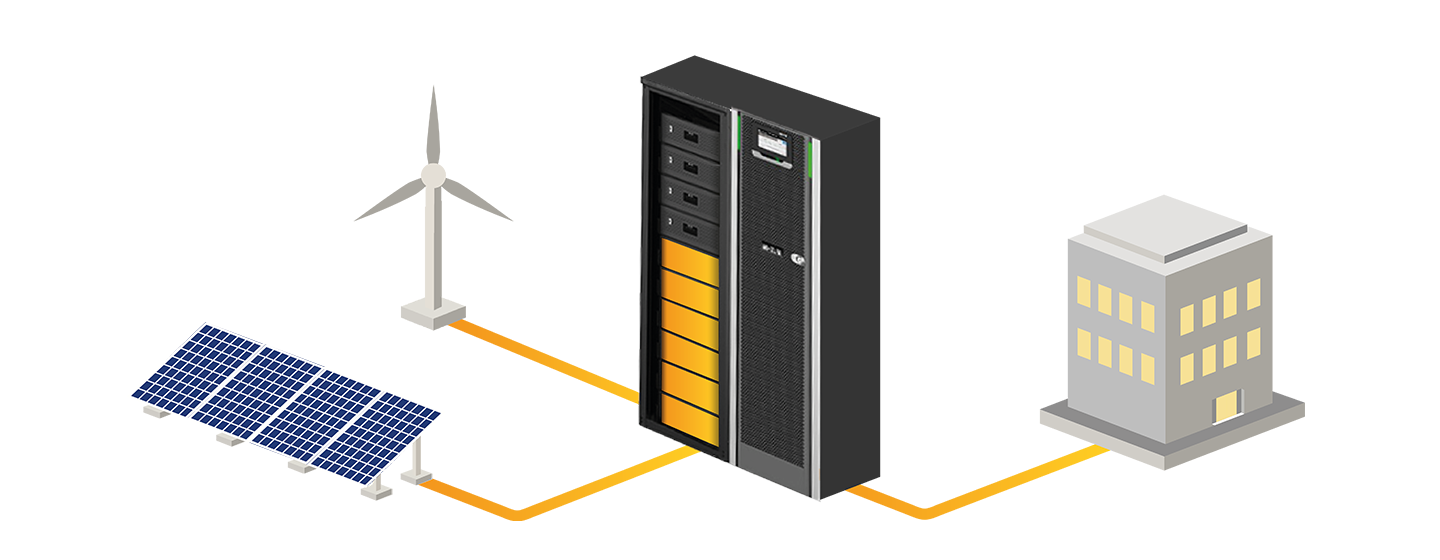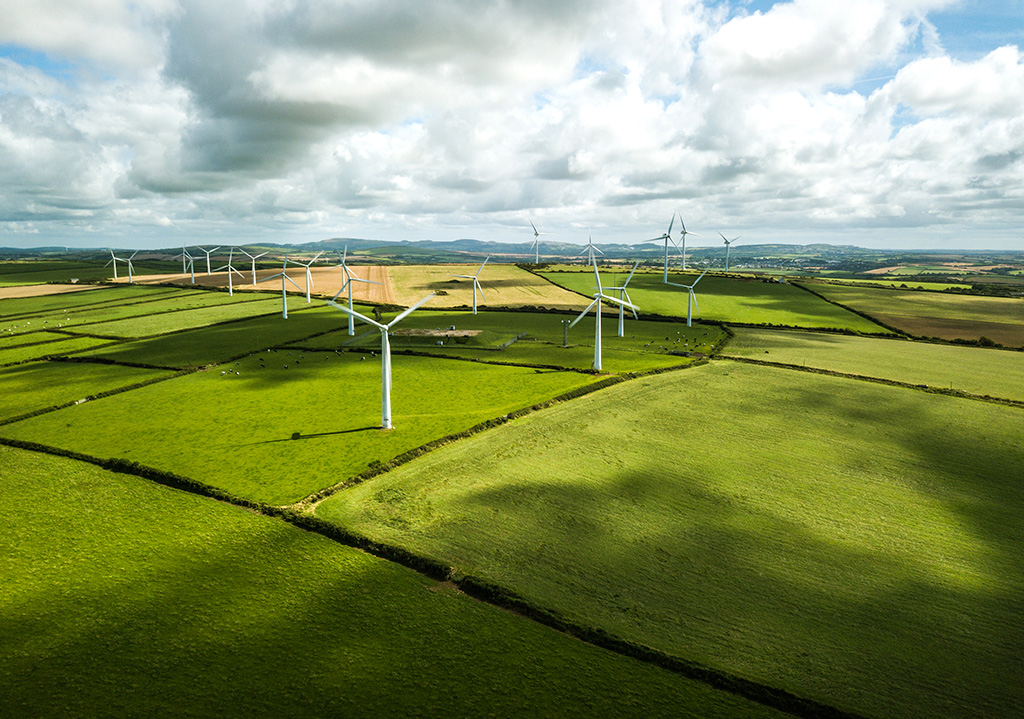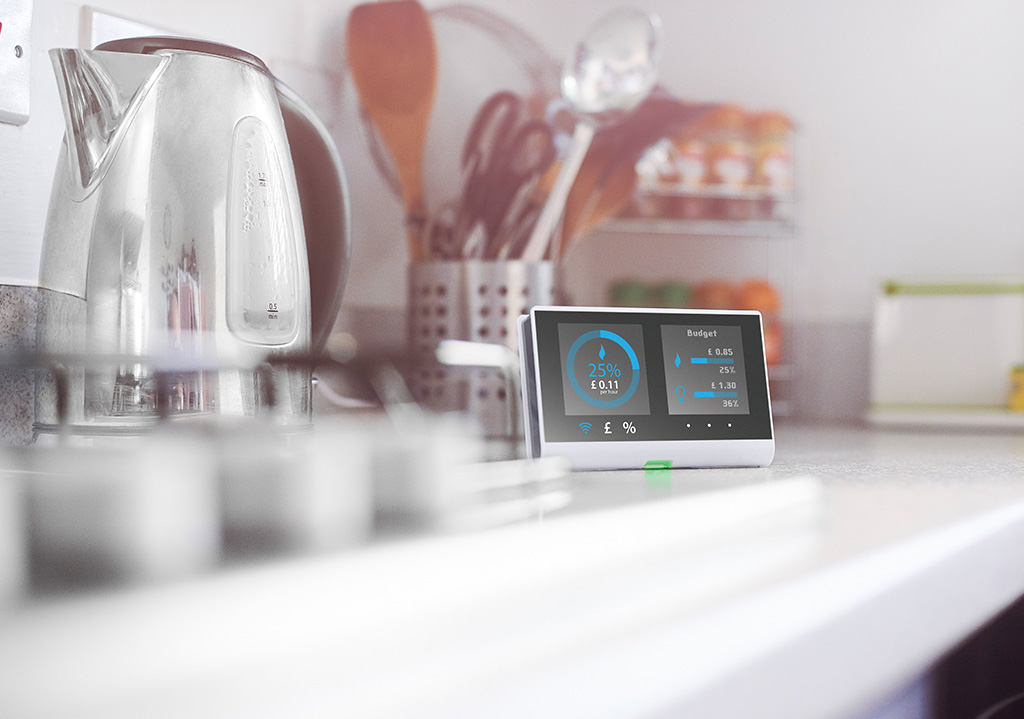- Homepage
- /
- energy storage
- /
- An Introduction To The UK Smart Grid
- Homepage
- /
- energy storage
- /
- An Introduction To The UK Smart Grid
- Homepage
- /
- energy storage
- /
- An Introduction To The UK Smart Grid
An Introduction To The UK Smart Grid

Described as the ‘internet of energy’, the UK Smart Grid is a vision for a future where the production, supply, and demand of energy are made more efficient by using technology. An advanced and connected Smart Grid will enable the UK to shift to renewable energy and a distributed power system that includes a higher number of renewable energy producers. Here’s an introduction to the Smart Grid, what it means for you and the power you produce and consume.
Government Vision
In 2014, the Government set out its vision for Smart Grid UK. In an influential publication, it defines a smart grid as: “A modernised electricity grid that uses information and communications technology to monitor and actively control generation and demand in near real-time, which provides a more reliable and cost-effective system for transporting electricity from generators to homes, business and industry.”
The aspiration from the Government is to take the existing electricity network, built mostly in the early 20th century, into the 21st century. The Smart Grid introduces new, connected technologies to understand and map how energy is produced and consumed. Throughout the system, a series of sensors are used to give operators a clear picture of the entire system. These sensors can measure how much energy is being produced and delivered to the grid. They can see how much energy is being drawn from the network and any potential bottlenecks or lapses in supply. The Smart Grid is the application of the internet of things (IoT) to our energy network.
A Smart Grid has significant benefits for everyone. It can be configured to automatically trigger actions, like introducing more energy to the system during peak times to avoid any disruption to power supplies. Additionally, a Smart Grid can incorporate a higher degree of renewable energy, including a more significant number of smaller energy producers. Coupled with new developments in energy storage, the Smart Grid is the best chance we have of achieving our ambitious aims to reduce carbon emissions.
Balanced Grid
For a national grid to function correctly, there needs to be a balance between the supply and demand of energy. Historically, this has involved manually switching on and off production capacity during peaks and troughs. The Smart Grid uses technology to automatically balance the grid, drawing energy from a multitude of sources to satisfy demand.
The Smart Grid’s ability to manage multiple sources of energy is vital as the country moves away from a small number of mostly fossil-fuel power stations to a more distributed generation model that includes several renewable energy providers.
One of the most exciting developments is the introduction of large-scale battery energy storage systems that can capture energy from sustainable energy generation sources. In the past, unless the power was delivered to the grid immediately, it was wasted. Today, battery energy storage systems can safely capture this power and when linked to the Smart Grid, providing it when it’s needed.
Nationally, a network of smaller providers increases the energy security of our power grid, enabling us to cope in the event of a problem at one of our major power stations. It accelerates the transition away from older and environmentally damaging power stations.

Consumer Protection
At a consumer level, the use of smart grid technologies like smart meters enables us all to become more aware of the energy we are using. This demand-side flexibility, as Ofgem calls it, allows users to respond to changes in price. This can help to reduce our consumption, saving us money. We can also use electric power with a clean(er) conscience knowing that a higher proportion of our energy than ever before is coming from renewable sources.
Energy regulator Ofgem has ambitious plans to introduce smart meters to all homes and small businesses by the end of 2020. While this target is achievable in cities and towns, research suggests that the relative scarcity of smart meters in rural homes could lead to these consumers missing out on gains, and paying up to £320 more a year for energy. Encouragingly, these customers are a high-priority, with plans in place to ensure they can experience the benefits.

The rise in domestic renewable sources introduces a higher level of self-sufficiency into the power system, with customers able to link their renewable energy sources to the grid and draw on the power they produce. Low-carbon energy sources like solar power, wind and hydro-electric, even when introduced at the individual level, can contribute to improving the planet while saving money.
The Smart Grid offers businesses significant opportunities to make savings too. Intelligent battery energy storage systems linked to the grid can capture energy from the grid during off-peak times. During periods of high-demand – and high-prices – energy storage systems can supply power to the businesses. This can reduce demand during so-called “red-tariff” periods, resulting in significant savings in the medium-term. The storage systems can also act as uninterruptible power supplies (UPS), delivering emergency power during power outages.
The development of a nationwide Smart Grid is an ambitious plan to radically transform the energy infrastructure that has been providing power to our businesses and homes for over a century. The move toward a connected system based around renewables is a significant step toward reducing our carbon footprint. Supported by energy storage solutions, it will introduce new suppliers to the system, creating a more sustainable and secure energy system that benefits us all.
Click here to learn more about how Carter Sullivan can integrate Energy Storage into your business.




